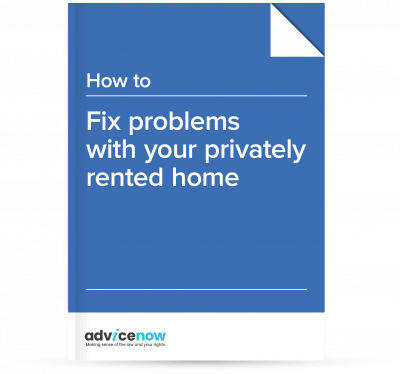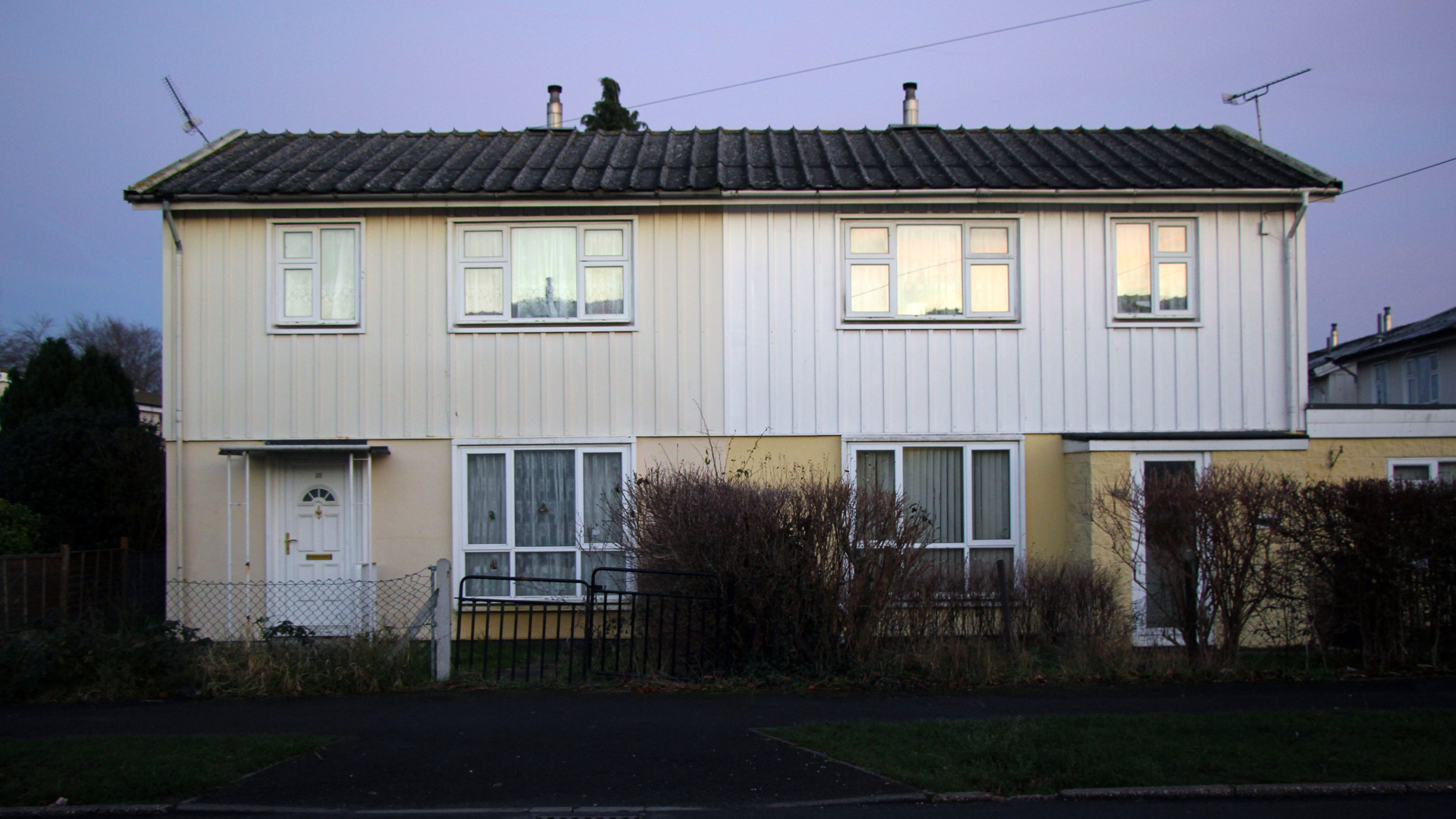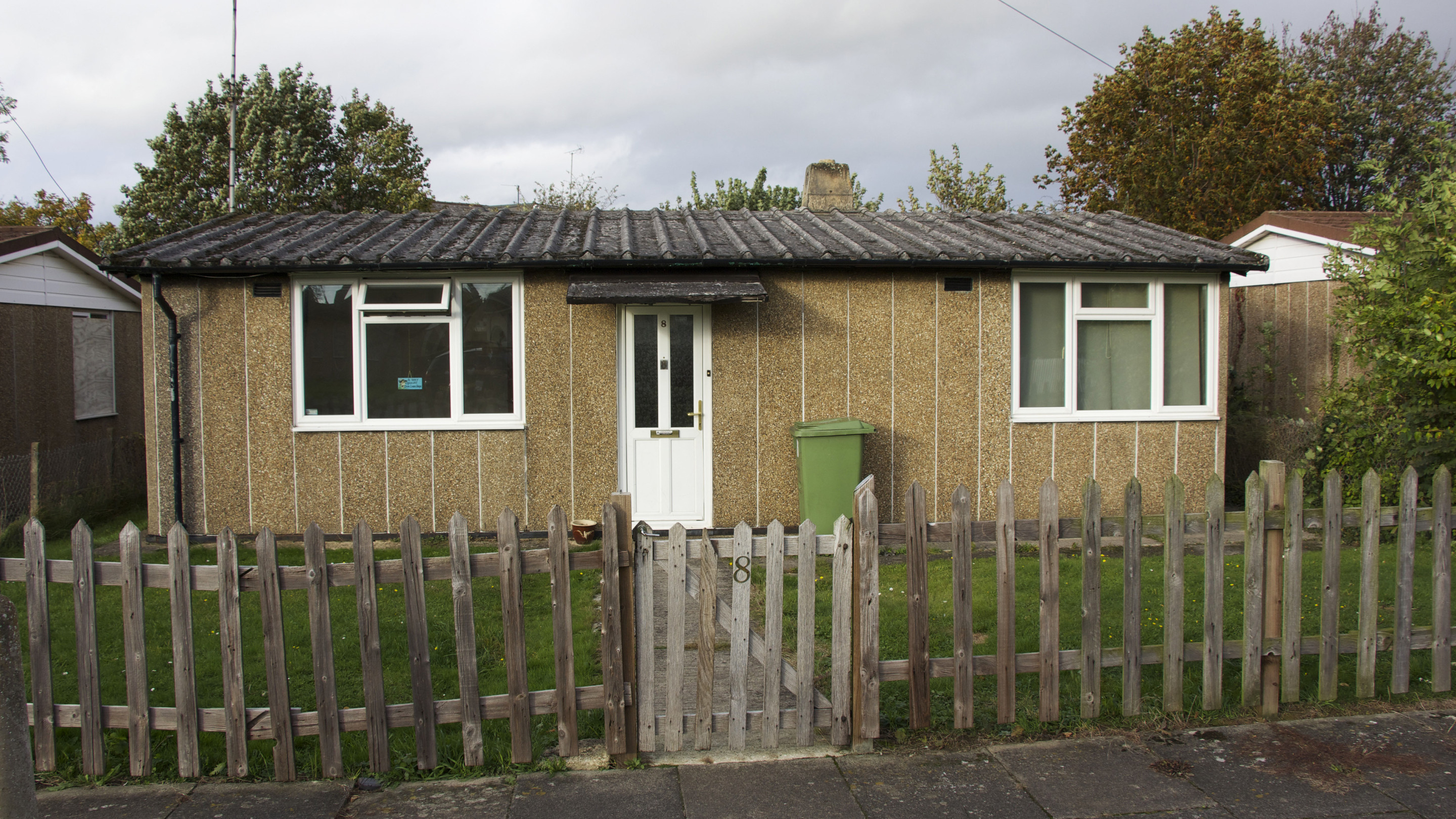If you are a tenant, your landlord must fix some problems whatever your tenancy agreement says – and many tenancy agreements give the impression that the landlord's responsibilities are much less than the legal minimum. Whatever kind of agreement you have signed, you can’t sign away your right to the legal minimum. And you’re still entitled to the legal minimum even if you have no written tenancy agreement.
Some landlords get a letting agent to manage their property for them. Then in practice you would be dealing with the letting agent when you need problems fixed, although the legal responsibility remains the landlord’s.
There are two ways that your landlord may be responsible for sorting out problems with your home. The first is that your landlord must do some kinds of repairs to your home if you ask them to. They are listed in the first column below.
The second is that they must fix any problem to do with your home that makes it “unfit for human habitation”. We will talk about what this means below.
Where your landlord must do a repair (listed in the first column below) is simpler just to say so, and avoid having to argue that it makes your home “unfit”. Keep that for where it is not or may not be a repair.
Even where there is a tick on the chart, it may not be your landlord’s responsibility if it is your fault – see below.
Have a look at our chart to find out which problems you have the right to expect your landlord to fix and pay for and which you are responsible for. (Always check your agreement as a good agreement may be clearer on the details.)
| Your landlord is legally responsible | You are legally responsible | Your landlord is legally responsible if it makes your home unfit |
Roof, walls, plasterwork, floors and windows, staircases and banisters | √ | | √ |
Gutters, downpipes and drains | √ | | √ |
Boiler | √ | | √ |
Replacing a light bulb | | √ | |
Water tank | √ | | √ |
Fitted gas and electric fires, radiators, water heaters | √ | | √ |
Basins, baths, sinks and toilets | √ | | √ |
Blockages caused by you or your visitors, for example in basins, baths, sinks, toilets, gutters, downpipes and drains. | | √ | |
Electrical wiring, gas and water piping and meters | √ | | √ |
Accidental damage caused by you or one of your visitors | | √ | |
Mouse or other pest infestation | Responsibility could be either the landlord’s or the tenant’s depending on how the pests are getting in. | | √ |
Normal wear and tear caused by everyday living to items normally the landlord’s responsibility, for example, a tap needing a new washer. | √ | | √ |
| | | |
White goods, such as a washing machine, fridge or cooker. | Responsibility could be either the landlord’s or the tenant’s depending on who owns the appliance and what caused the disrepair. | | |
Damp/mould | Responsibility could be either the landlord’s or the tenant’s depending on what caused the damp and/or mould. | | √ |
Excessive Noise | | | √ |
Lack of heating | If caused by disrepair | | √ |
Lack of ventilation | If caused by disrepair | | √ |
Fair wear and tear | √ | | |
Lack of security | If caused by disrepair | | √ |
What if the problem is caused by me or my visitors?
You must look after your home in a sensible way. If you or your visitors cause damage or block the drains or anything like that, it is your responsibility not your landlord’s. On the other hand, something called ‘fair wear and tear’ is the landlord’s responsibility, not yours. Fair wear and tear is how lawyers describe the way a property gets shabbier or damaged with normal everyday use. For example, brand new carpets get thinner over time and paint gets chipped as old tenants move their furniture out and new tenants move in.
What counts as “unfit for human habitation”?
The law says that a home is unfit if the problem means the property is not “reasonably suitable to live in”. Lawyers call this a legal ‘test’. To meet the test, the court does not look at your particular needs or what you can manage, for example in terms of noise problems, but what would be unfit for an average ‘reasonable’ person living in a home with those problems.
Any problem to do with your home may make it unfit. It could be disrepair, or noise, or heat or cold, or lack of ventilation, or an infestation of insects. It could be overcrowding or lack of anywhere suitable to prepare food, or a poorly designed building. It doesn’t have to be expensive to fix, and if necessary, your landlord may have to make improvements to fix it.
If the problem is a risk to health or safety, then it is very likely to make your home unfit. Obvious examples are infestations or damp. Condensation damp often isn’t caused by disrepair, but the mould it causes is a health problem – it is not good for asthma, for example – so it is very likely to make a property unfit.
Even if there is no risk to your health and safety, your home could still be unfit if the problem makes it particularly inconvenient or uncomfortable to live in for any length of time. An example might be windows that can’t be opened.
These rules make the situations in the third column in the table above (where your landlord is legally responsible to fix a problem if it makes your home unfit) much more wide ranging. But the problem does always have to meet the legal test of whether the problem would make your home unsuitable for an average reasonable person, not you specifically. So, if the landlord is liable under the first column, then use that instead – it will be easier as they always have to fix those problems.
If it’s my responsibility to repair or fix something, do I have to tell my landlord I’m doing it?
If you’re just replacing a light bulb – then no, you don’t have to tell your landlord. But if you’ve accidentally damaged a sink or dropped curry sauce or paint on the landlord’s carpet, for example, then you should tell your landlord and get their agreement before you repair or replace anything. They may want to do the work themselves or arrange for the job to be done by their builder and get you to pay the bill.
If you have contents insurance and your policy includes accidental damage, your insurers should pay out. This way you save yourself the expense of paying for the repair or new carpet and protect your deposit from being used by the landlord to cover their costs.
Alternatively your landlord may be willing for you to do the work or to arrange for your own builder or trader to do the job. If your landlord agrees to you doing this, make sure you get and keep receipts for anything you buy and keep the estimates and invoices for any services you pay for.
Do I get any control over the cost of the work if my landlord does it?
Check what your tenancy agreement says. It is quite likely to cover this situation. It may say you have to pay the cost, whatever that is and whether the landlord chooses to organise the repair themselves or allows you to do it. But whatever your tenancy agreement says, the law adds something here - it says the cost must be reasonable. So in practice it’s fine to say to your landlord that you want, for example, to agree the cost in advance.
How you deal with this kind of situation will probably partly depend on the kind of relationship you have with your landlord and how willing they are to negotiate with you. See Top tips for negotiating with your landlord.










